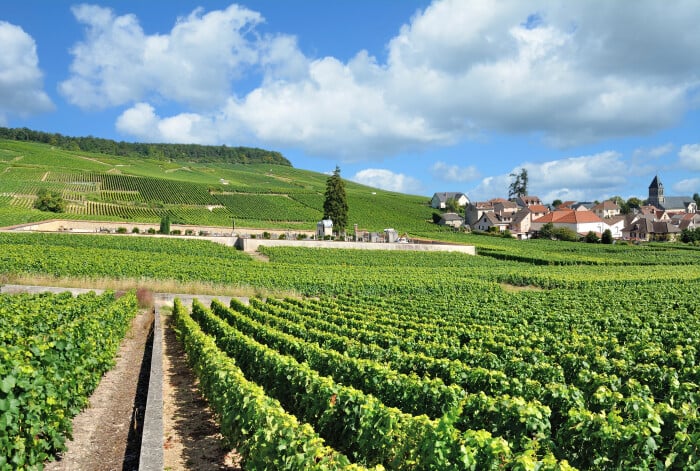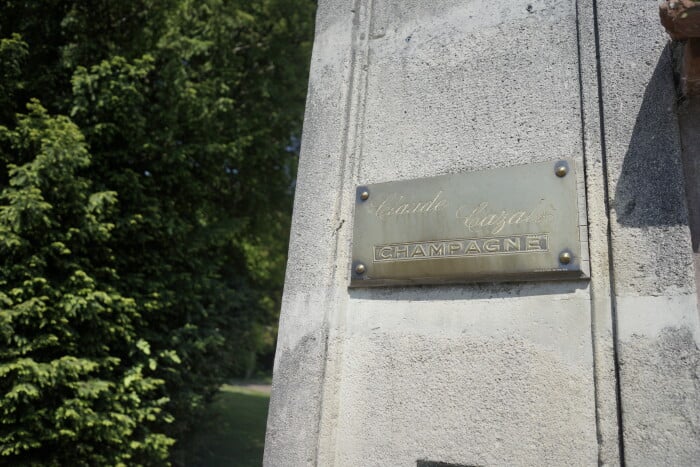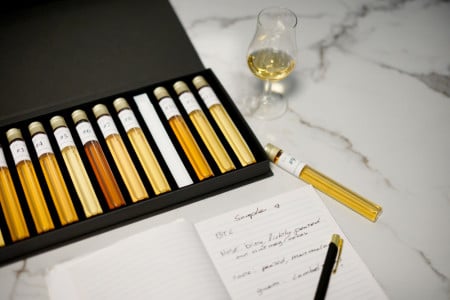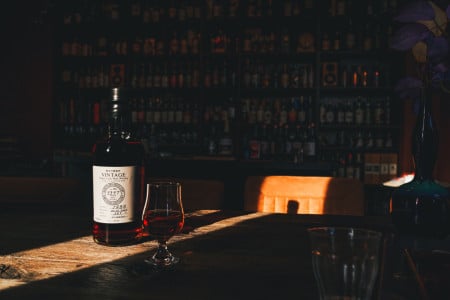Actually, yes. Please excuse this vague answer. Unfortunately, it is not quite that simple. Within Europe, champagne is clearly a protected term. And it has been since 1990. Since then, all other sparkling wines with traditional bottle fermentation have no longer been allowed to call themselves that. The Champagne region has also had the term "méthode champenoise" protected by the European Union for this very traditional bottle fermentation.
And the protection of the generic brand Champagne is actually taken very seriously! In Germany, for example, there is a producer who makes a pear sparkling wine. The variety is called Champagne pear. When the pear sparkling wine was launched on the market and proudly displayed the pear variety on the front of the label, a legal dispute with Champagne followed that lasted for years and only ended in 2022 after more than ten years. The result: from now on, the Champagne pear variety may only be mentioned on the back label!
Outside the European Union, however, Champagne is not so easily able to enforce its trademark protection. In the United States, for example, all sparkling wines produced there are also allowed to be called Champagne. Champagne filed a lawsuit. And failed. The reason given was that, due to the geographical distance, it was clear that American sparkling wines could not come from Champagne.
In Switzerland, the very small village Champagne of 750 people with 28 hectares has lost several legal fights with the French. They produce wine since the 10th century, way before the French made Champagne. And they cannot label their are as wine from Champagne.
And there is also a dispute with Russia at the moment. There, Putin has declared by law that only Russian sparkling wines may be called Champagne. And because that too is outside the European Union, it will be very difficult for Champagne to assert its own interests in this case. The outcome of the legal dispute is uncertain.
As you can see, the story of Champagne is far from over!










